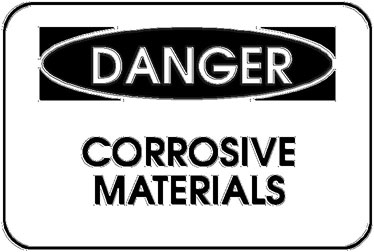Foliar Feeding Recipes
NOTE: All pH testing and the addition of pH up is optional. The results will still be beneficial if the wetting agent and / or hydrogen peroxide are left out of the recipe, but they are beneficial.
These are just a few samples. Foliar feeding should be stopped a few weeks prior to harvest so that all residues are rinsed off, and so that nutrients have time to be flushed out of the plant tissue. Flushing allows for top quality.
To protect the lungs, a respirator should be worn while foliar feeding.
Formula A
1. 1/2-teaspoon (3ml) of Nitrozyme or Growth Plus per quart of water.
2. 1 to 2ml of 35% hydrogen peroxide per gallon of water.
3. Organic wetting agent (manufacturer’s recommended rate).
4. 1/16-teaspoon (1/4ml) vitamin B1 per quart of water.
Optional: pH up or pH down to bring the pH to 6 to 6.5 after adding the above ingredients.
Formula B
1. Liquid kelp (recommended rate on bottle for foliar feeding.)
2. 1/2 to 1 tablespoon of Welcome Harvest Farm soluble fish powder per gallon of water.
3. 1 to 2ml of 35% hydrogen peroxide per gallon.
4. Organic wetting agent (manufacturer’s recommended rate). Optional: pH up or pH down to bring the pH to 6.0 to 6.5 after adding the above ingredients
Formula C
1. Three teaspoons of liquid kelp per quart of water.
2. 1/2 to 3/4-teaspoon of Welcome Harvest Farm soluble fish powder per quart of water or 1/2 to 1-teaspoon of Alaska fish fertilizer per quart of water.
3. 1 to 2 ml of 35% hydrogen peroxide per gallon of water.
4. Organic wetting agent (manufacturer’s recommended rate).
Optional: pH up or pH down to bring the pH to 6 to 6.5 after adding the above ingredients.
Hydrogen peroxide is a colorless liquid that adds valuable oxygen so that nutrient uptake is more effective and anaerobic bacteria and viruses are eliminated. Plants definitely grow faster and bigger with the use of H2O2, but it can be eliminated from these recipes if so desired. Warning: 35% hydrogen peroxide can burn skin and clothes on contact! Always wear strong rubber gloves and eyewear.
Hydrogen peroxide should be stored in a safe place that is not too hot. When hydrogen peroxide is kept in a hot spot, the bottle will expand. When the bottle expands, it can be tough to open without spilling the contents.



